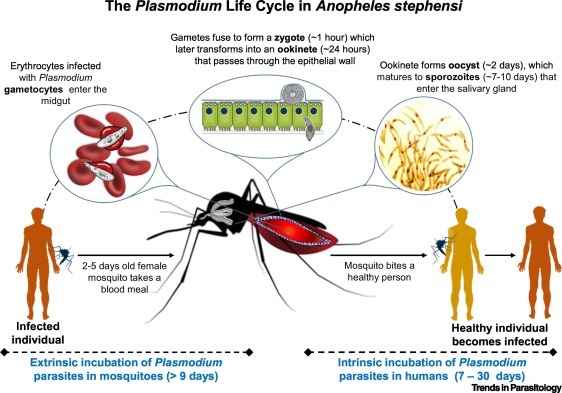A recent investigation has discovered an invasive species of mosquito is responsible for unusual cases of malaria in Ethiopia.
The city of Dire Dawa in Ethiopia experienced about 2,400 cases of malaria during this year’s dry season when in 2019 there were only 205 cases.
As the mosquito responsible for most cases of malaria in Africa, Anopheles gambiae, is more active in rural areas and during the rainy season. These cases prompted investigation by Dr. Fitsum Tadesse and his team from the Armauer Hansen Research Institute in Addis Ababa. They found that around 97 percent of adult mosquitoes collected around Dire Dawa were not Anopheles gambiae but the invasive species Anopheles stephensi.

Anopheles stephensi is native to South Asia and the Arabian Peninsula, but was discovered in Djibouti in 2012. Since then, An. stephensi has spread across Africa, detected in Ethiopia and Sudan in 2016, Somalia in 2019, and Nigeria in 2020. Unlike Anopheles gambiae, Anopheles stephensi thrives in urban environments, laying its eggs in water storage containers and outdoor water sources.
The spread of An. stephensi across countries in Africa threaten efforts to stop malaria and shift infections toward urban areas. An additional 126 million people in African cities are at a higher risk of catching malaria according to a 2020 study.
To control the spread of An. stephensi, experts suggest that cisterns, wells, and all water storage sources should be covered so the mosquito cannot lay eggs in them. As well, the use of insecticides on mosquitos in their larval stages and on livestock is helpful in fighting against the mosquito.







